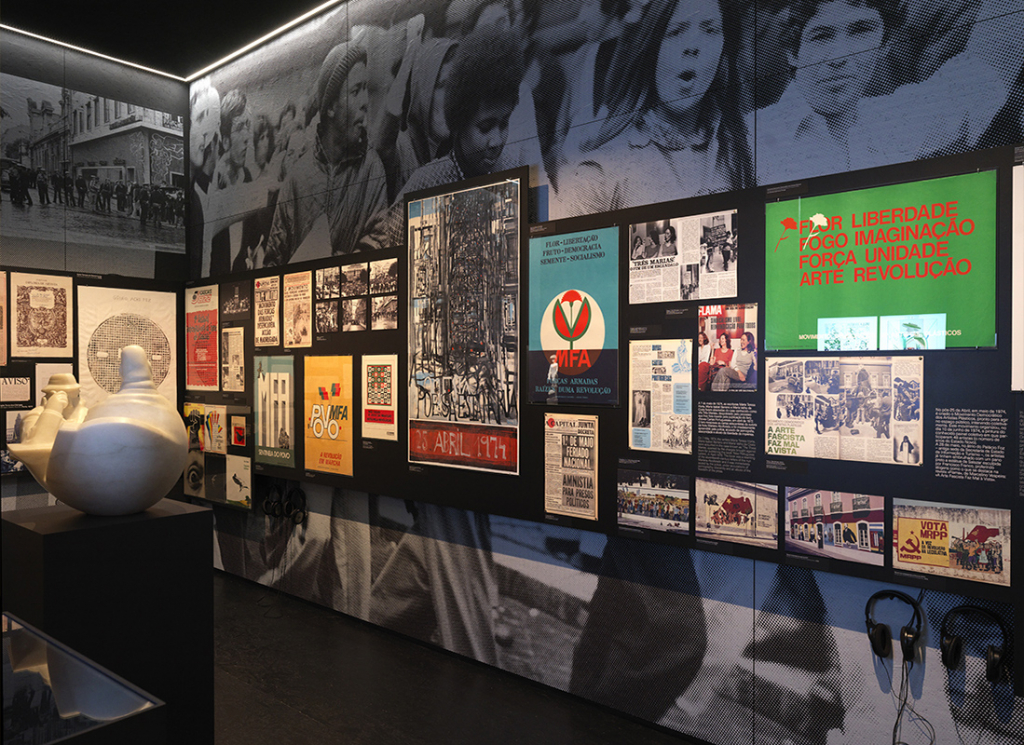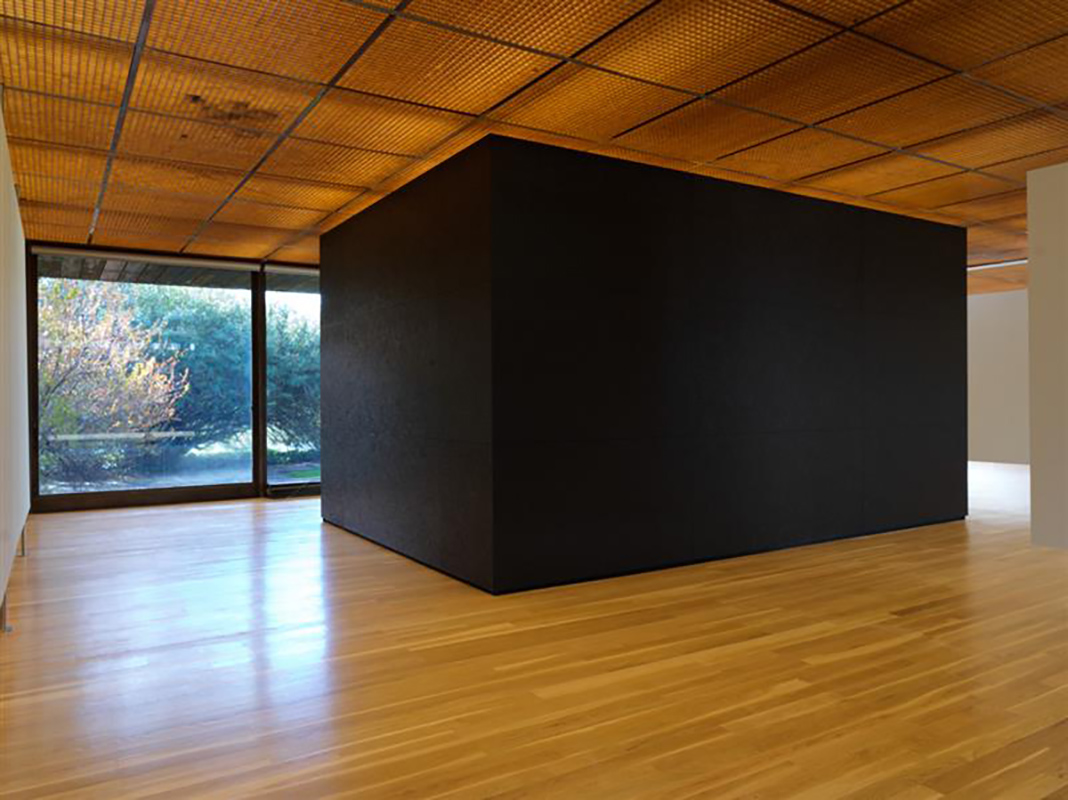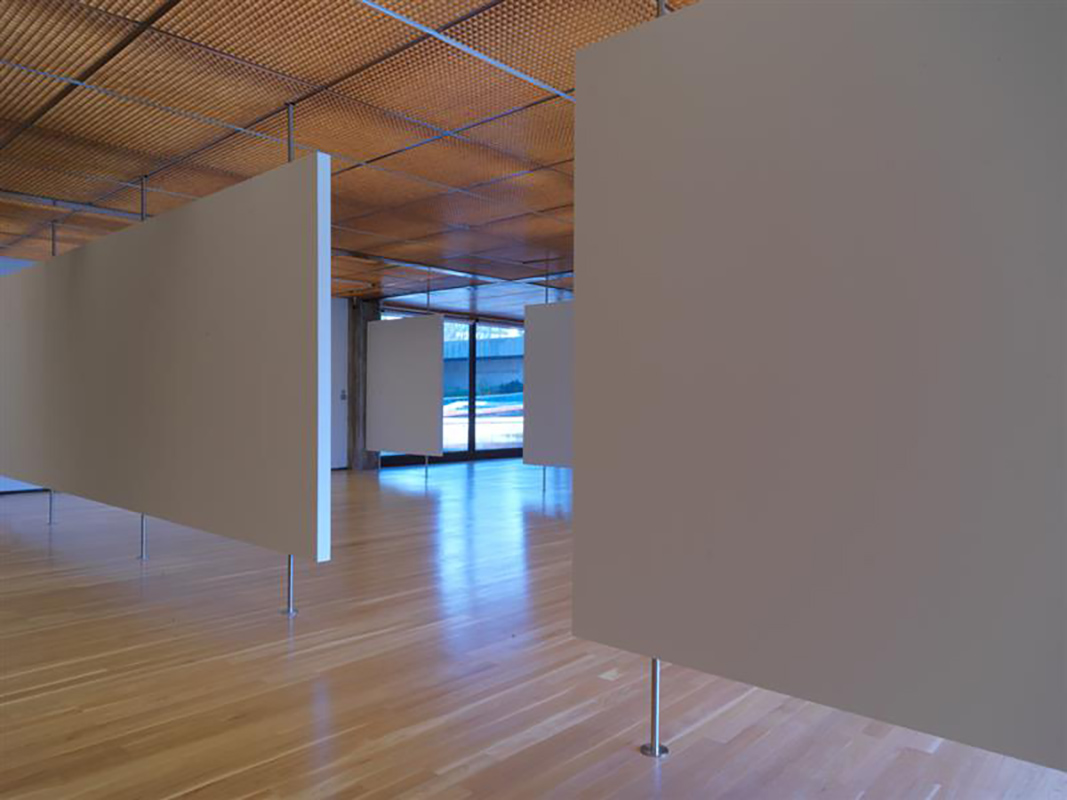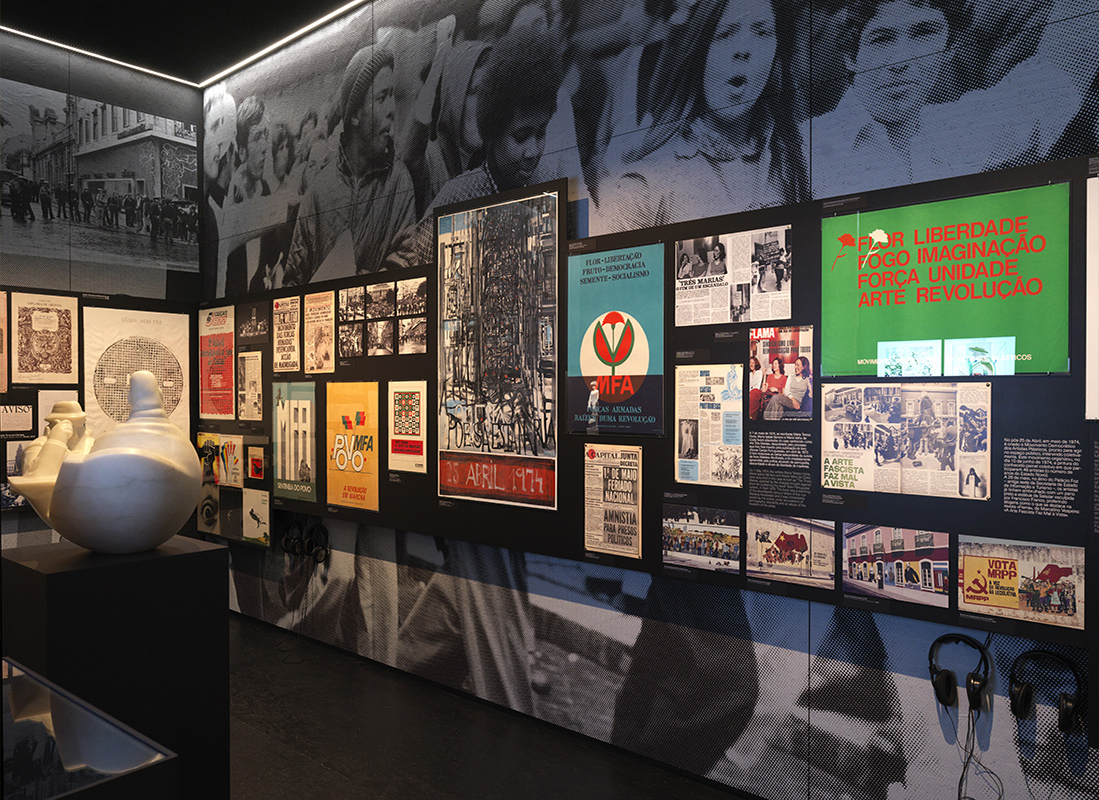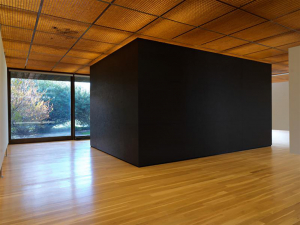
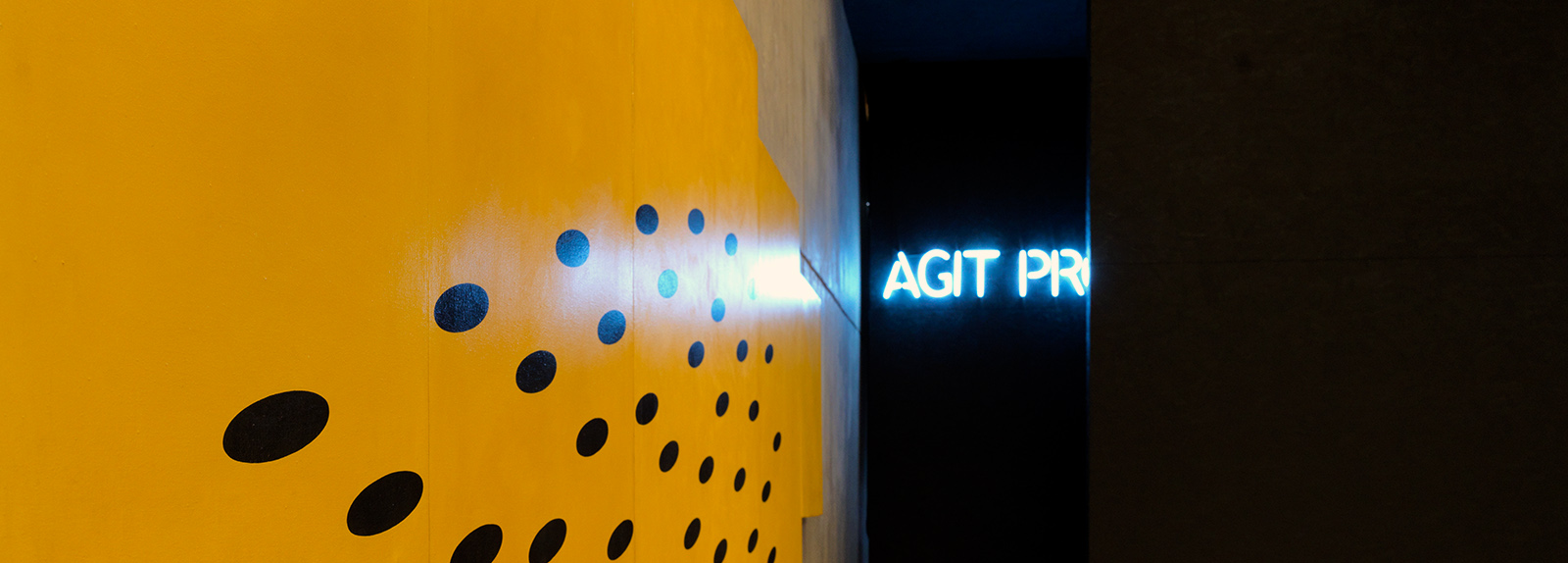
The construction of a space: the black boxes
Without defined sections in visual progression and in the relationships that can be established between the works on display, the exhibition presents three spaces which were intended as more secret and experimental places, which in practice function like journeys back in time to some aspects of the chosen decade: 1965-75.
These three ‘black boxes’ originated from the idea of conspiracy in secret gatherings and meetings which took place throughout the country during the Estado Novo and refer to issues which occurred in Portugal. In this way, the exhibition contrasts the idea of a closed space, of limited access, expressing an urban culture where art relates to different means of expression – such as music, literature, television, cinema, photography, print media, etc. –, with a spacious museography, of suspended, clear walls, which opens the exhibition space onto the garden, thus creating a greater fluidity between the works, guaranteeing a visual continuity between the different areas.

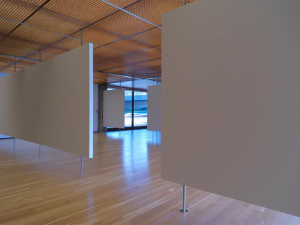
«She loves you YÉ-YÉ»
Many of us associate the music of the Beatles with this refrain, which they will find in this box containing a selection of songs that was also dedicated to fashion and advertising through some works of art and associated documentation. With their references to the outside space, Teresa Magalhães, Ruy Leitão, Sérgio Pombo and Allen Jones also refer to the same creative and cultural environment.
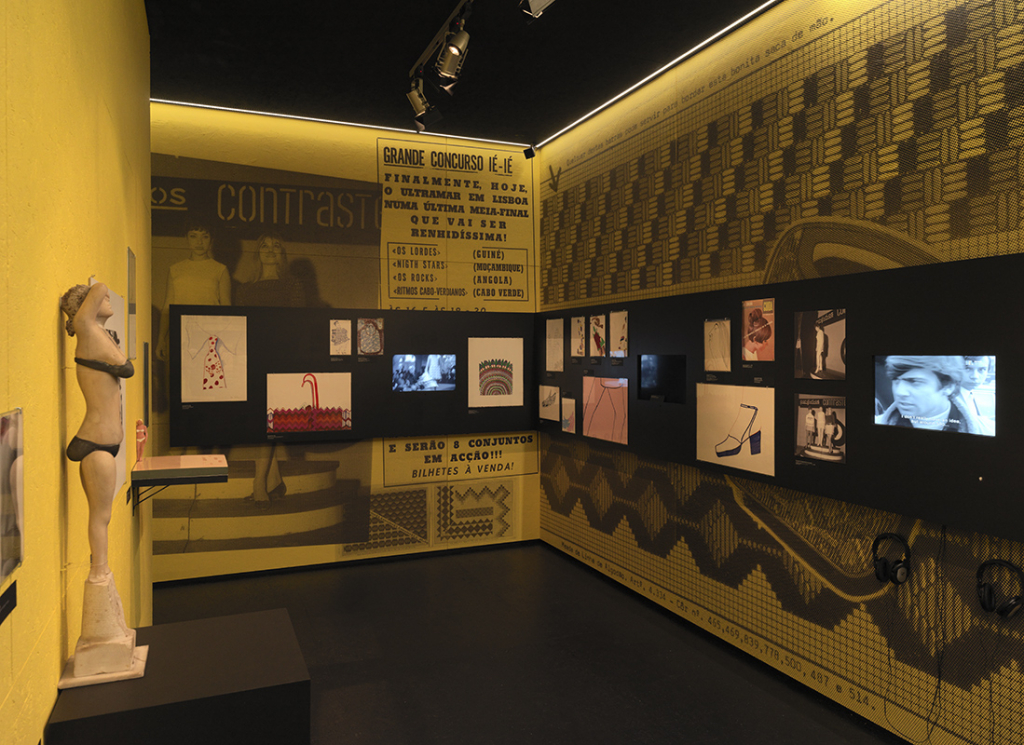
‘This is the dawning of the age of Aquarius’
As referred to in the famous song from the musical Hair, ‘the dawning of the age of Aquarius’ was related to the liberation of the body and sexuality, to breaking taboos and to bringing new ideas to the west from other parts of the globe. The New Portuguese Cinema and the period many artists spent in London with the help of the Gulbenkian Foundation scholarship programme contributed to changing attitudes in Portugal.
Holding three never-before-exhibited sculptures by João Cutileiro and ‘Relicário’ [Reliquary] by Clara Menéres, produced in 1969 but only exhibited for the first time in 1977, the three small boxes reproduce the often voyeuristic censorial mechanisms of the time, which focused mainly on the repression of themes relating to eroticism and sexuality. This great taboo stimulated a counter-current of artistic and literary creation, with numerous works examining the restrictions of those times with humour and provocativeness.
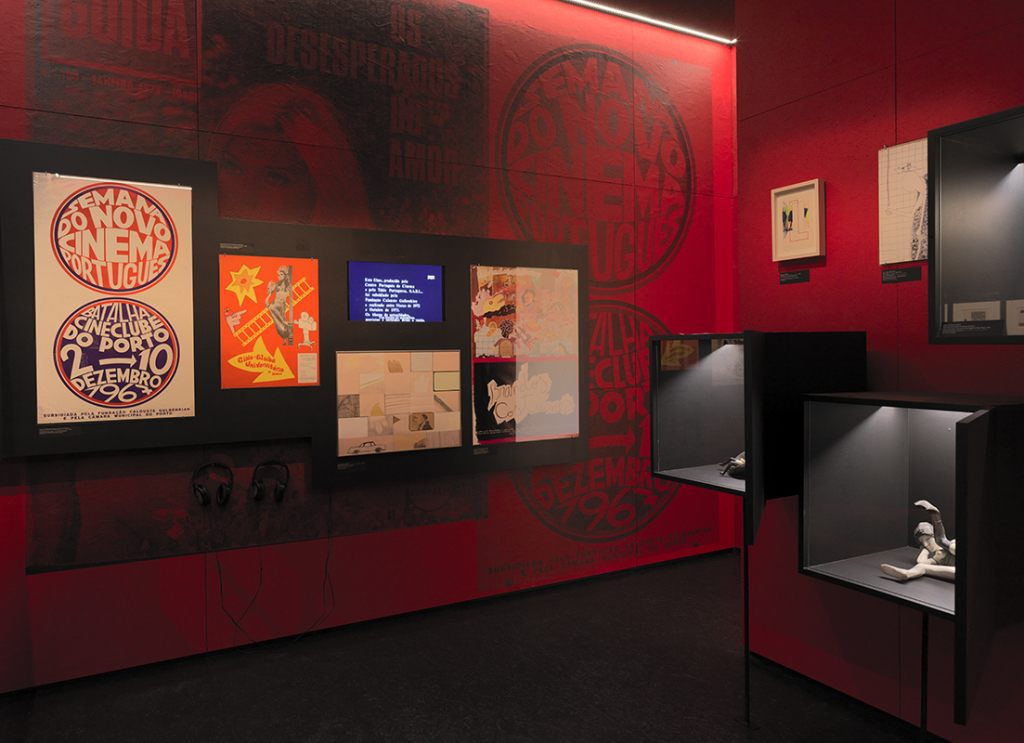
AGIT PROP, between political culture and cultural politics
The years immediately before and after the 25 April 1974 revolution in Portugal overflowed with cultural and artistic proposals that violently subverted the status quo of the Salazarist regime and society. Several art works from the early 1970s are presented in this black box, including the interventions of the ACRE Group during the ‘revolutionary process in progress’ (or PREC, in Portuguese), a selection of intervention songs and the announcement of the 1974 revolution aired on Portuguese Radiotelevision.
